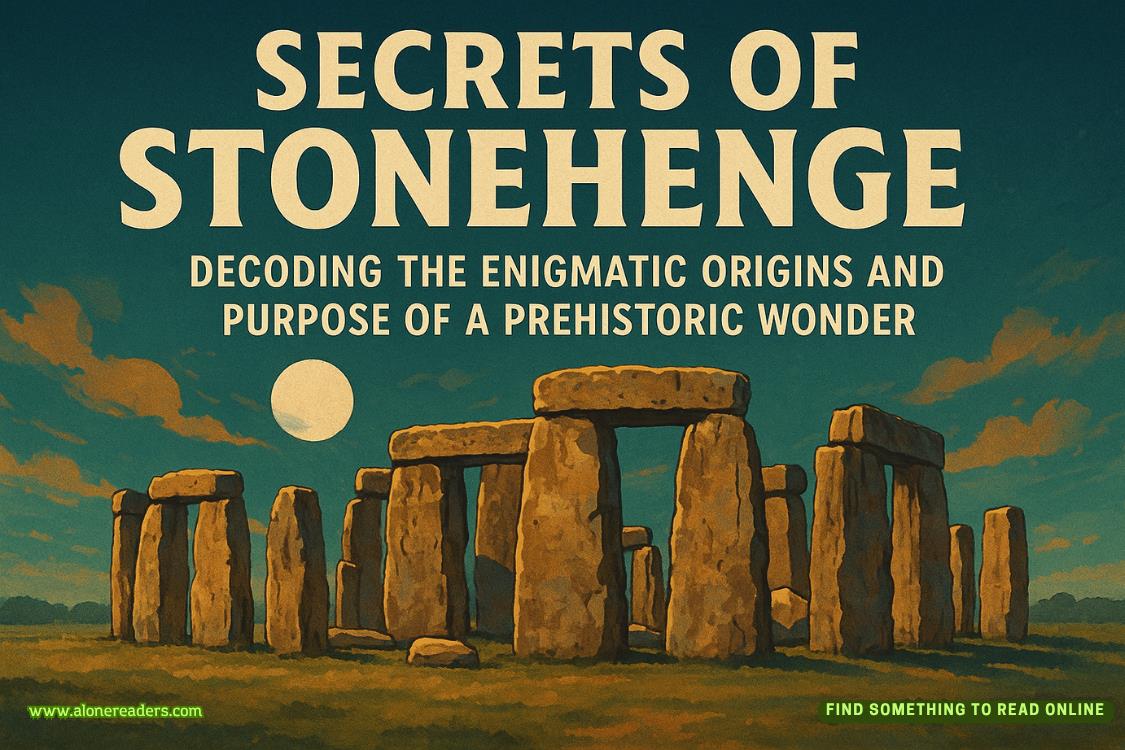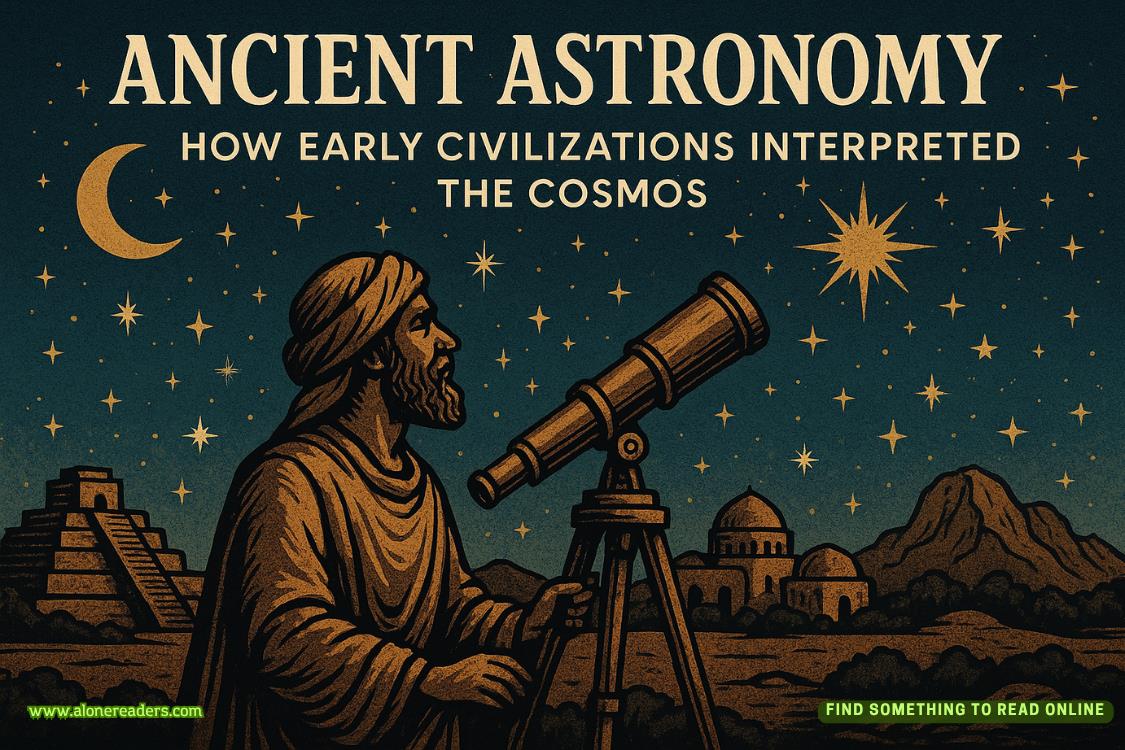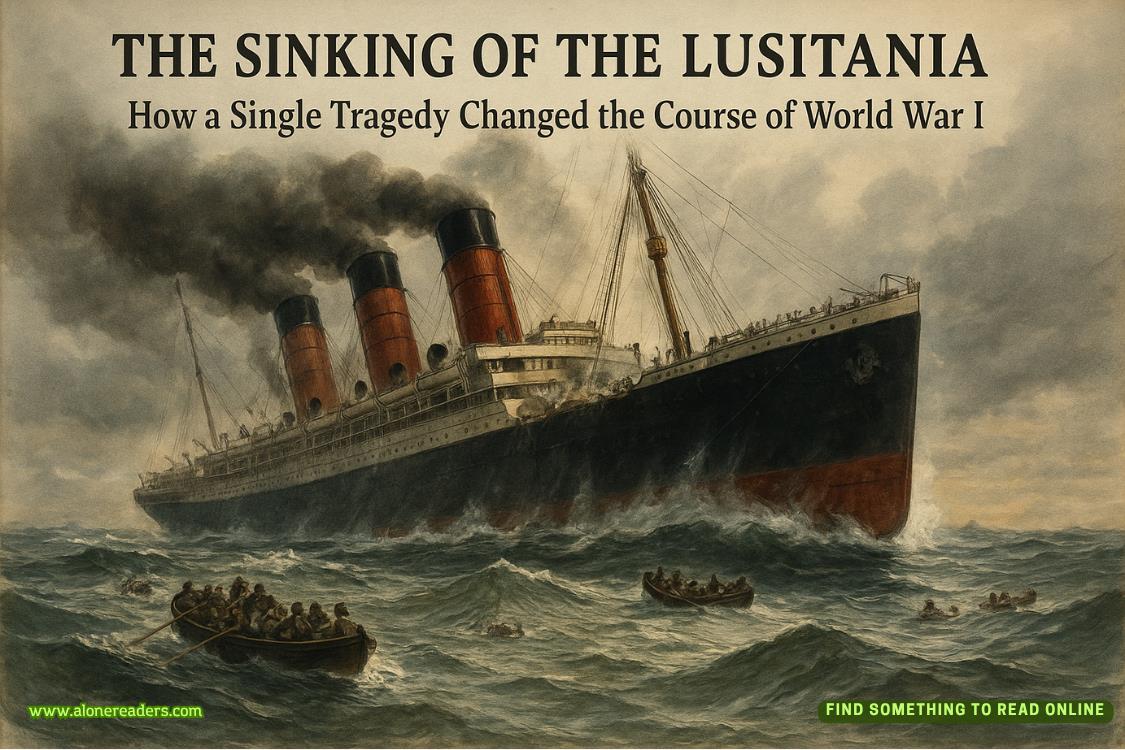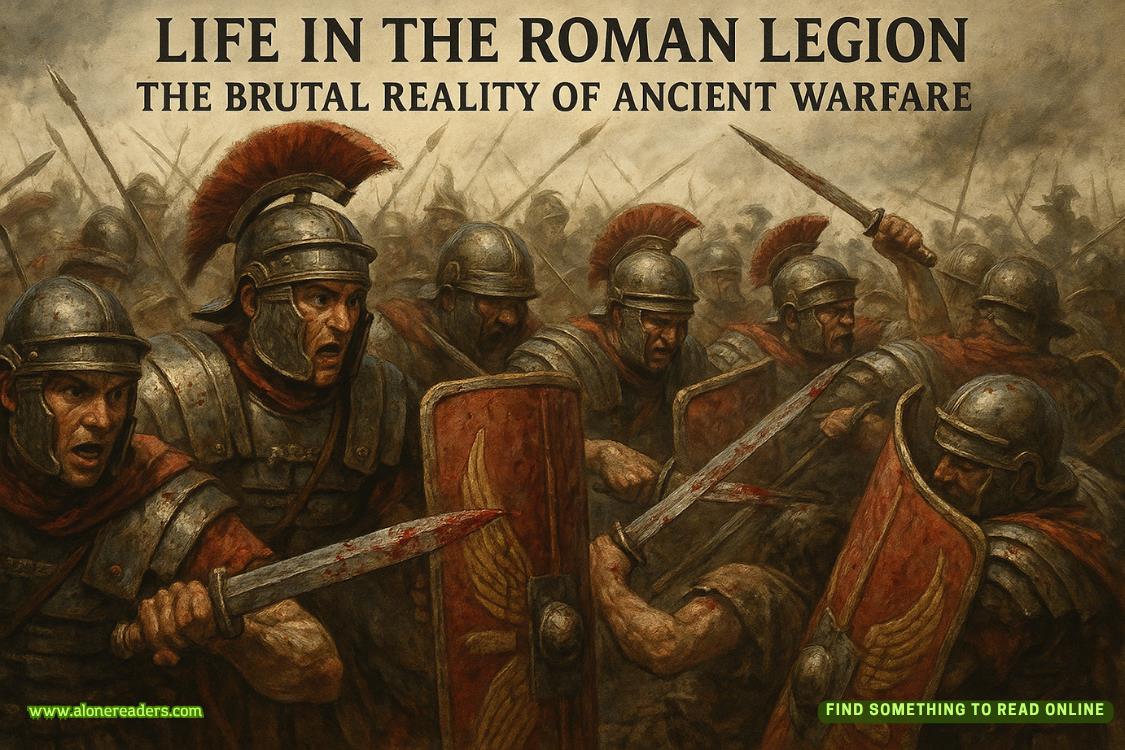Page 35 of Gone Before Goodbye
They step in. Oleg waits a moment, as though building suspense, then he flicks a switch against the wall inside the door. The lights come on. And there, on the far wall, hang three identical—or at least identical to her eye—reproductions of the world’s most famous painting.
TheMona Lisa.
Maggie frowns at him. “Let me guess,” she says. “TheMona Lisain the Louvre is a forgery. One of these is the real one.”
Oleg can’t stop smiling. “You find that so hard to believe?”
“Pretty much.”
“You know, of course, that theMona Lisawas stolen from the Louvre in 1911.”
She nods. “By Vincenzo Peruggia. It was also returned in 1913.”
“Very good, Doctor McCabe, and yes, that’s the official story.”
“Official story.” She again tries to keep the sarcasm from her tone. “But, uh, you know better?”
“Better, worse, who’s to say? But here is what we both know: TheMona Lisawas stolen from the Salon Carré at the Louvre on August 21, 1911,
by Vincenzo Peruggia. For the next two years, there wasn’t a clue what happened to theMona Lisa, despite an obviously thorough police investigation. You know all this, correct?”
“Correct.”
“So how does Peruggia, who had been sosocareful, get caught? The official story, I mean: Two years after stealing it, Vincenzo Peruggia travels with theMona Lisafrom France to Italy, where he contacts an art dealer named Alfredo Geri. Peruggia says to Geri, ‘Oh, I have theMona Lisa.’ Just like that. Out of the blue. After being so careful for two years, Peruggia just up and tells someone he stole it. And what happens next—after Peruggia shows Geri theMona Lisa? Alfredo Geri asks permission to contact the director of the Uffizi Gallery, a man named Giovanni Poggi, to authenticate the stolen painting. Can you imagine this conversation? ‘Hi, I stole the world’s most famous painting, what do you think?’ ‘Oh, is it okay if I show it to the director of the famous art gallery in Firenze?’ The utter stupidity.”
Oleg shakes his head. Then he asks her, “Do you know what happened next?”
“They call the police,” Maggie says. “Peruggia is arrested. TheMona Lisais returned.”
“Precisely.” Oleg tilts his head. “Does that sound plausible to you, Doctor McCabe?”
“So you don’t buy the official explanation,” Maggie says.
“I don’t, no.”
“You think Peruggia made a perfect forgery and gave that back instead—and now the original is hanging in your home.”
“No.” Oleg grins, rubs his hands together as though warming up for his tale. “Again, let’s stick to facts. In 1932, Karl Decker wrote anarticle forThe Saturday Evening Postafter speaking to an Argentinian con man named Eduardo de Valfierno. Valfierno claims that he was the mastermind behind the theft. He hired Vincenzo Peruggia to steal the painting and then he commissioned an art forger named Yves Chaudron to make six identical copies of theMona Lisa. The genius here is that with the real painting gone, potential buyers had no original to compare with it. According to Decker’s article, Valfierno sold the forgeries to über-rich collectors who believed it was the stolen masterpiece for a total of ninety million US dollars. It was the perfect crime.”
“I know the Decker article,” Maggie says. “It’s a conspiracy theory. Decker has long been discredited.”
“Correction,” Oleg says, raising a finger. “Deckerwas‘discredited’ because none of the six forgeries has ever been found. The logic went that if six forgeries were out there, surely one of them would have surfaced in the twenty years between the time of the robbery and the time of Decker’s exposé. But now…”
His eyes slowly move back to the far wall.
“You’re saying these are three of the six Chaudron forgeries?”
Oleg nods. “One of these was in the hands of a Saudi prince. He kept it on a yacht. Another was kept in a safe by an American oil magnate’s grandfather living in Tulsa. I had both paintings examined with modern technology. It’s been confirmed that despite attempts to make them appear older, they were both very good forgeries painted in the early twentieth century.”
“What happened to the other three?”
Oleg shrugs. “I haven’t found them yet, but I have a theory. Once Vincenzo Peruggia was arrested and the ‘real’”—Oleg makes quote marks with his fingers—“Mona Lisawas returned and those superrich buyers realized they’d been easily swindled, they either destroyed the paintings or hid them out of embarrassment.”
Maggie steps closer. She stares at the three paintings, looking for differences. She can’t see any. She notices the familiar craquelure in allthree paintings. These forgeries are indeed well done. “So if Decker’s theory is true,” Maggie says, “you have three excellent and perhaps famous forgeries.”
Oleg could not look more pleased with himself. “No,” he says.
She turns to him. “No?”















